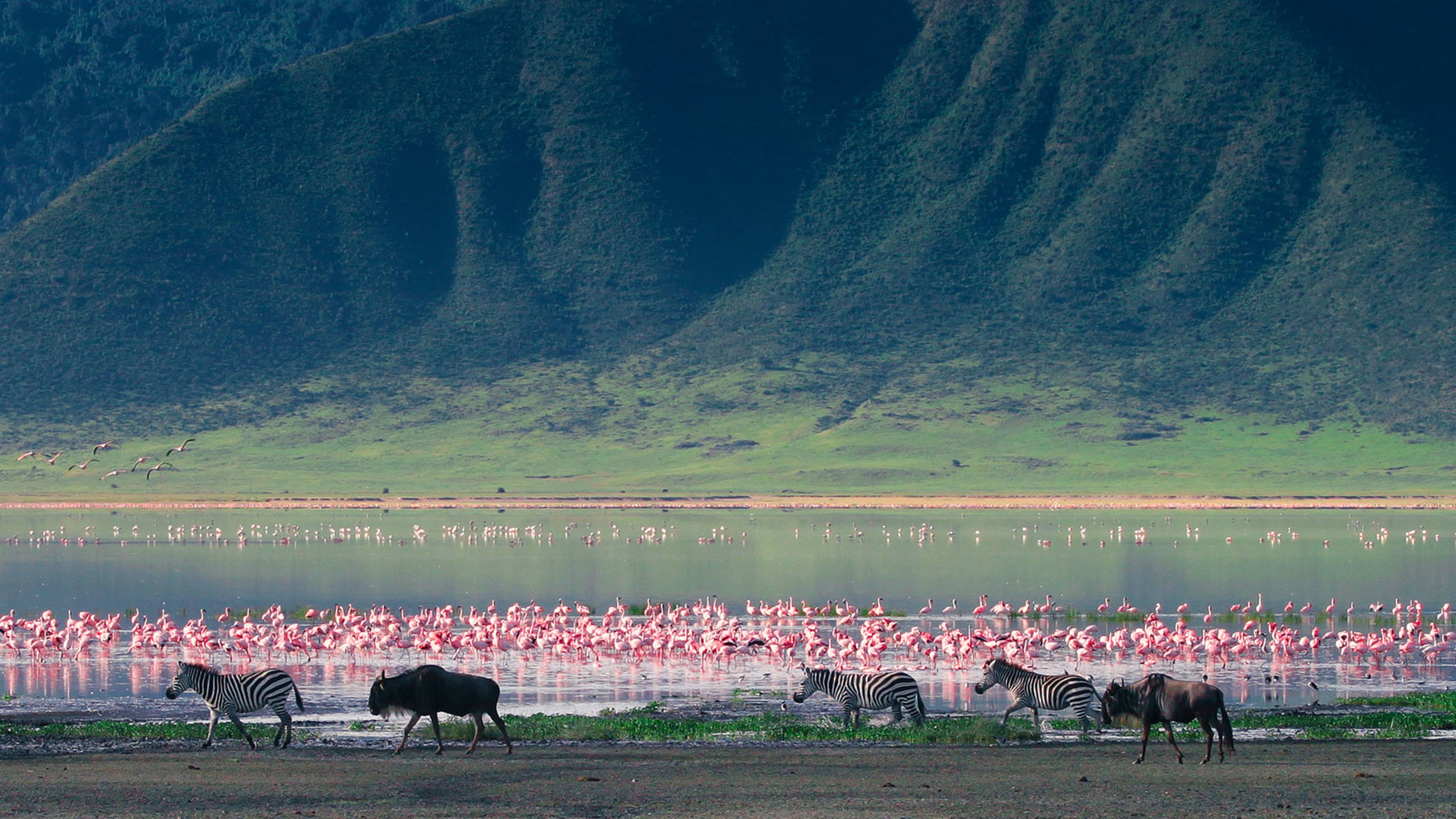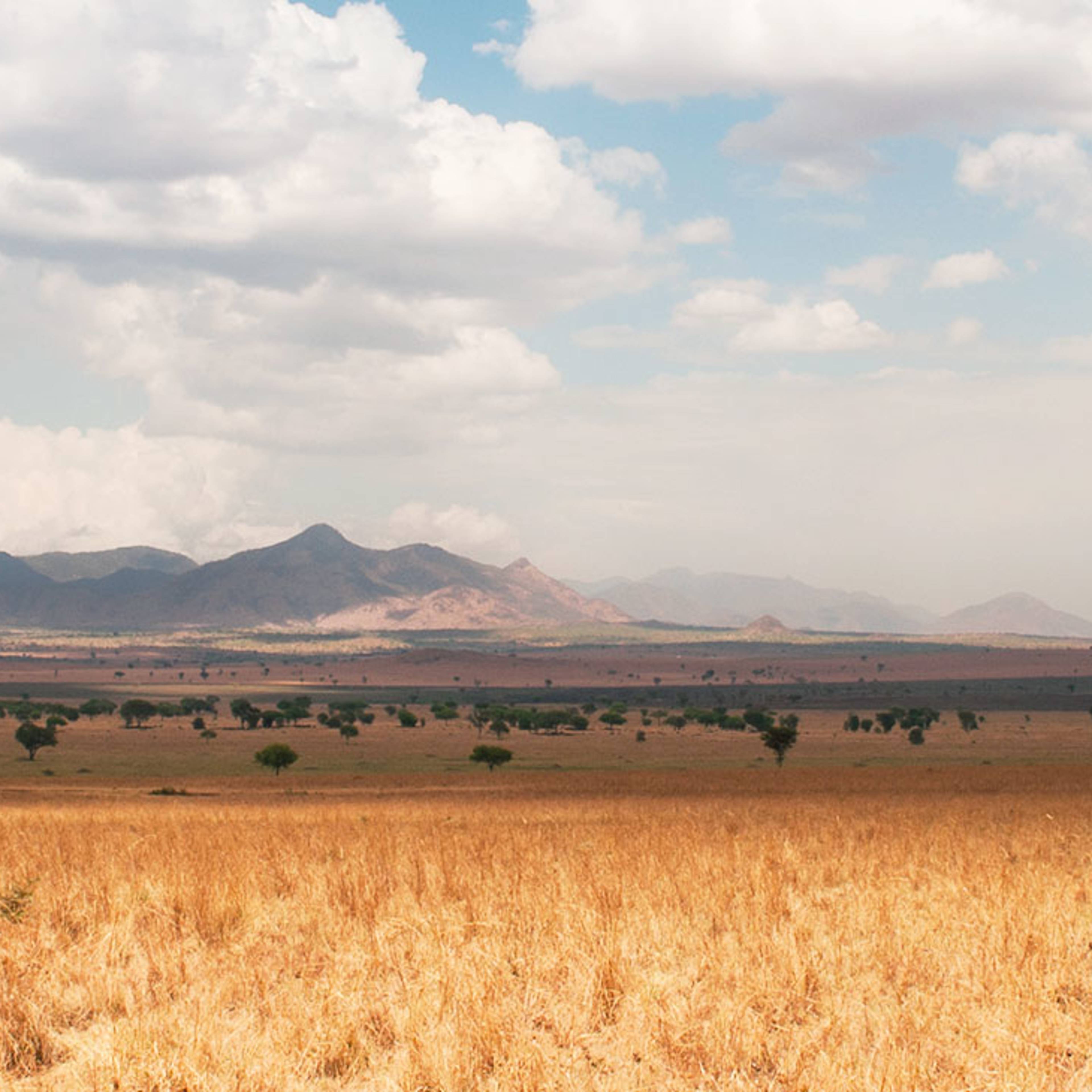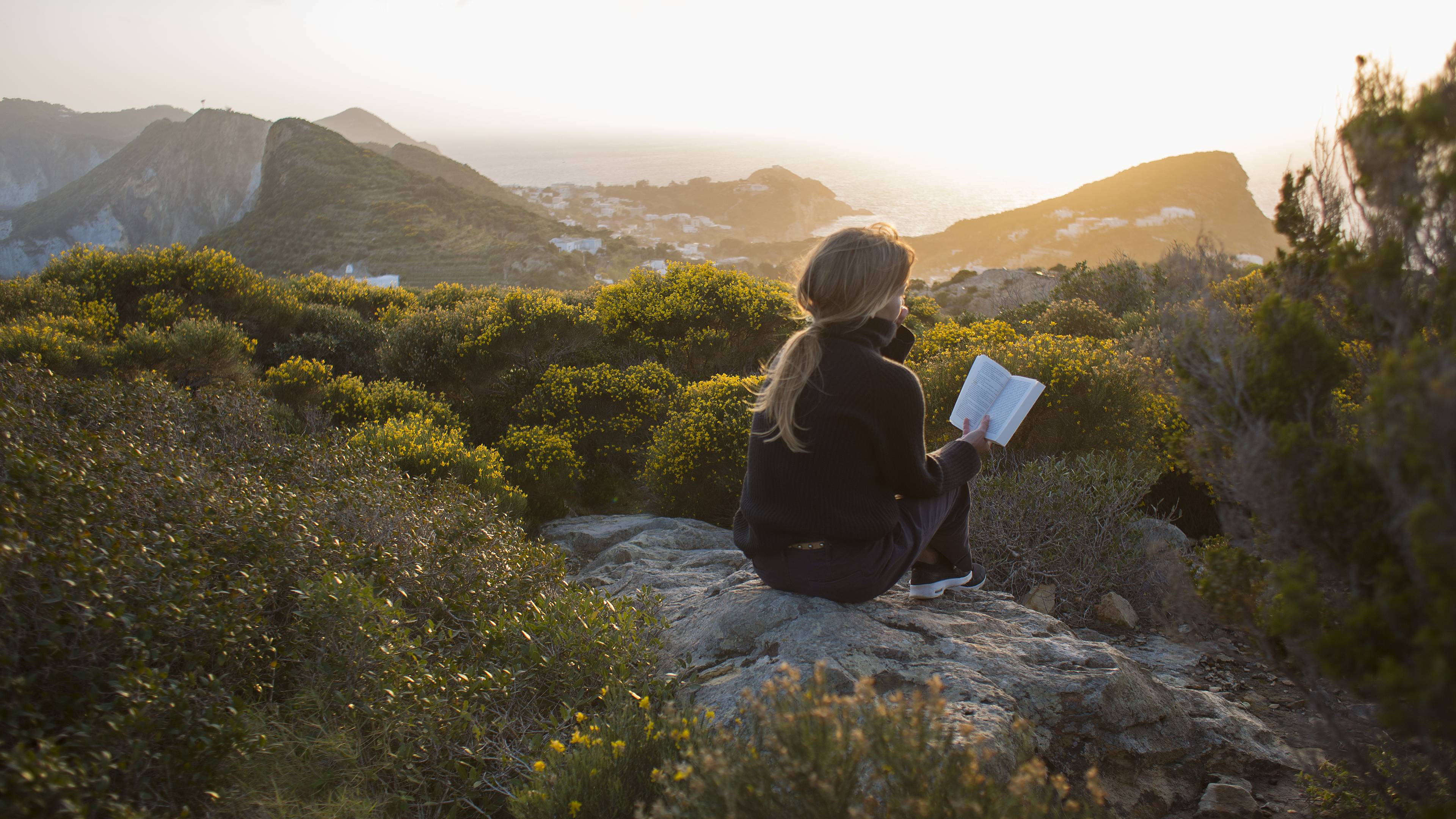

The best times to go in Tanzania
Jan
Feb
Mar
Apr
May
Jun
Jul
Aug
Sep
Oct
Nov
Dec
Inland regions have a temperate, tropical climate, whilst the coast is very humid and can, sometimes, get too hot. The best time to visit Tanzania is during the dry season, which runs from May to October. Avoid the rainy season between March and the beginning of May. Another option is to go during a short rainy season that lasts from November to mid-December. There are fewer tourists and the country is in bloom. All of this depend on what you plan to do when there. The dry season is ideal for safaris in most of the parks, but to see the wildebeest and zebra migration (as well as the predators at large), opt for the rainy season. If you dislike the heat, avoid January and February, the hottest months of the year.
The ideal times to go in Tanzania based on your desires
Diving and snorkeling vacation
Jan
Feb
Mar
Apr
May
Jun
Jul
Aug
Sep
Oct
Nov
Dec
Tanzania is a diver's paradise. You'll spot manta rays, turtles, barracudas and shark swimming around stunning coral reefs. Although you can go diving at any time of year, some periods are better than others. Avoid the end of March to mid-June, when unpredictable weather and storms appear. Instead, opt for July/August and February/March. As for water temperature, rest assured that during February and March the sea can reach 30°C!
The Southern Highlands
Jan
Feb
Mar
Apr
May
Jun
Jul
Aug
Sep
Oct
Nov
Dec
Tanzania's southern highlands are best visited during the dry season. It's an agricultural region that's perfect for hiking in the hills, scattered with lively markets and boasts a rich animal life. Go elephant watching in the Ruaha National Park and observe lions as they laze under trees in the Mikumi. Spend time at Lake Malawi and explore the flowered prairies of Kitulo National Park. There's also the bird lovers paradise of Udzungwa Mountains National Park, with its numerous, impressive waterfalls.
The West
Jan
Feb
Mar
Apr
May
Jun
Jul
Aug
Sep
Oct
Nov
Dec
The west of Tanzania is popular with nature lovers wanting to explore the country's plant and animal life. The Combe and Mahale Mountains National Parks are home to troops of chimpanzees, whilst on the border with Zambia you'll find the amazing Kalambo Falls. You can also take a ferry across Lake Tanganyika and tour the Katavi National Park's massive plains. As with most of the country, it's best to go during the dry season , if you really want to benefit from your visit to this region.
The Central Region
Jan
Feb
Mar
Apr
May
Jun
Jul
Aug
Sep
Oct
Nov
Dec
The center of Tanzania is distinctive. The country's capital city, Dodoma, is famous for its unusual architectural style. You can also visit the famous cave and rock paintings at Kondoa and Mount Hanang. There are several cultural circuits you can follow, to learn more about local customs and traditions. The region's climate is semi-arid , so bear in mind it can get very hot. Avoid the rainy season, when the combination of heat and humidity can be stifling; opt for the drier times of year!
Dar es Salaam and the coast
Jan
Feb
Mar
Apr
May
Jun
Jul
Aug
Sep
Oct
Nov
Dec
The coastal climate is equatorial. It's extremely humid, very hot and feels stuffy all year round. The hottest months are from December to March. Avoid the rainy season from March to the beginning of May and be warned that if you arrive in November or December, the countryside will be in full bloom but you risk getting soaked. You'll notice that Dar es Salaam, the largest of Tanzania's towns, has an interesting blend of African, Arabic and Indian cultures. You'll enjoy wandering around the craft markets and trying some local dishes in the town's restaurants.
Lake Victoria and the North
Jan
Feb
Mar
Apr
May
Jun
Jul
Aug
Sep
Oct
Nov
Dec
The north of Tanzania is hot but not stuffy. The dry season is the best time to visit, except if you want to see the wildebeest and zebra migrations, which happen during the rains. It's also where the legendary Lake Victoria is found; go on cruise and stop off at Musoma and Bukoba. You can also visit Tanzania's second largest city, Mwanza as well as the Rubondo Island National Park.
The Zanzibar Archipelago
Jan
Feb
Mar
Apr
May
Jun
Jul
Aug
Sep
Oct
Nov
Dec
Zanzibar with its neighboring islands of Pemba and Mafia are equatorial; it rains as much as it does on the mainland's coast. Apart from between June and September, when fresher winds blow, the climate remains hot, muggy and stuffy. Opt for these breezier months and the dry season in general. You'll love Zanzibar, in particular Stone Town. Pemba is also well worth a visit, with rolling, green hills and stunning creeks.




